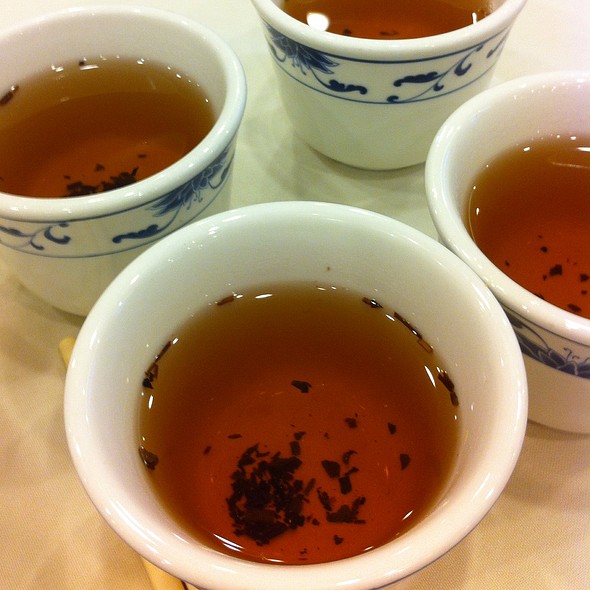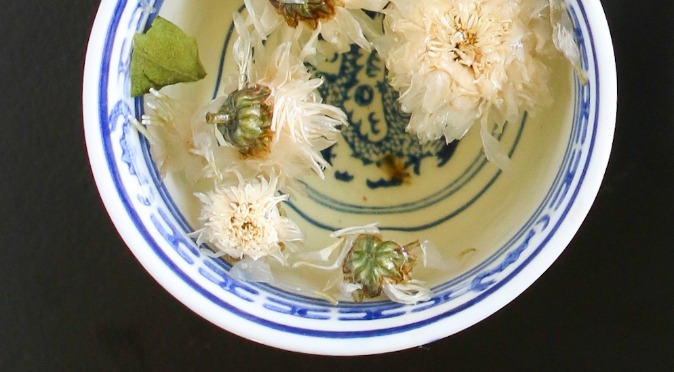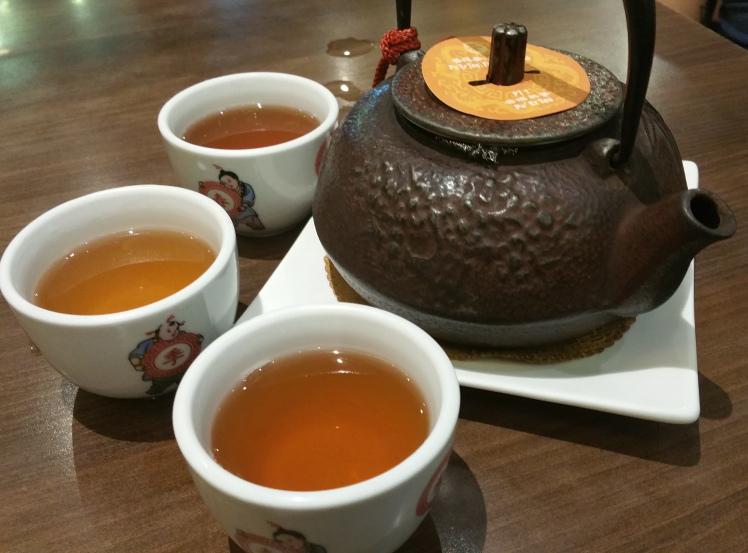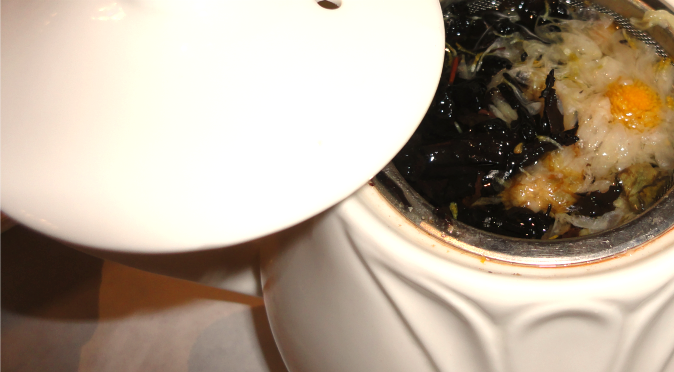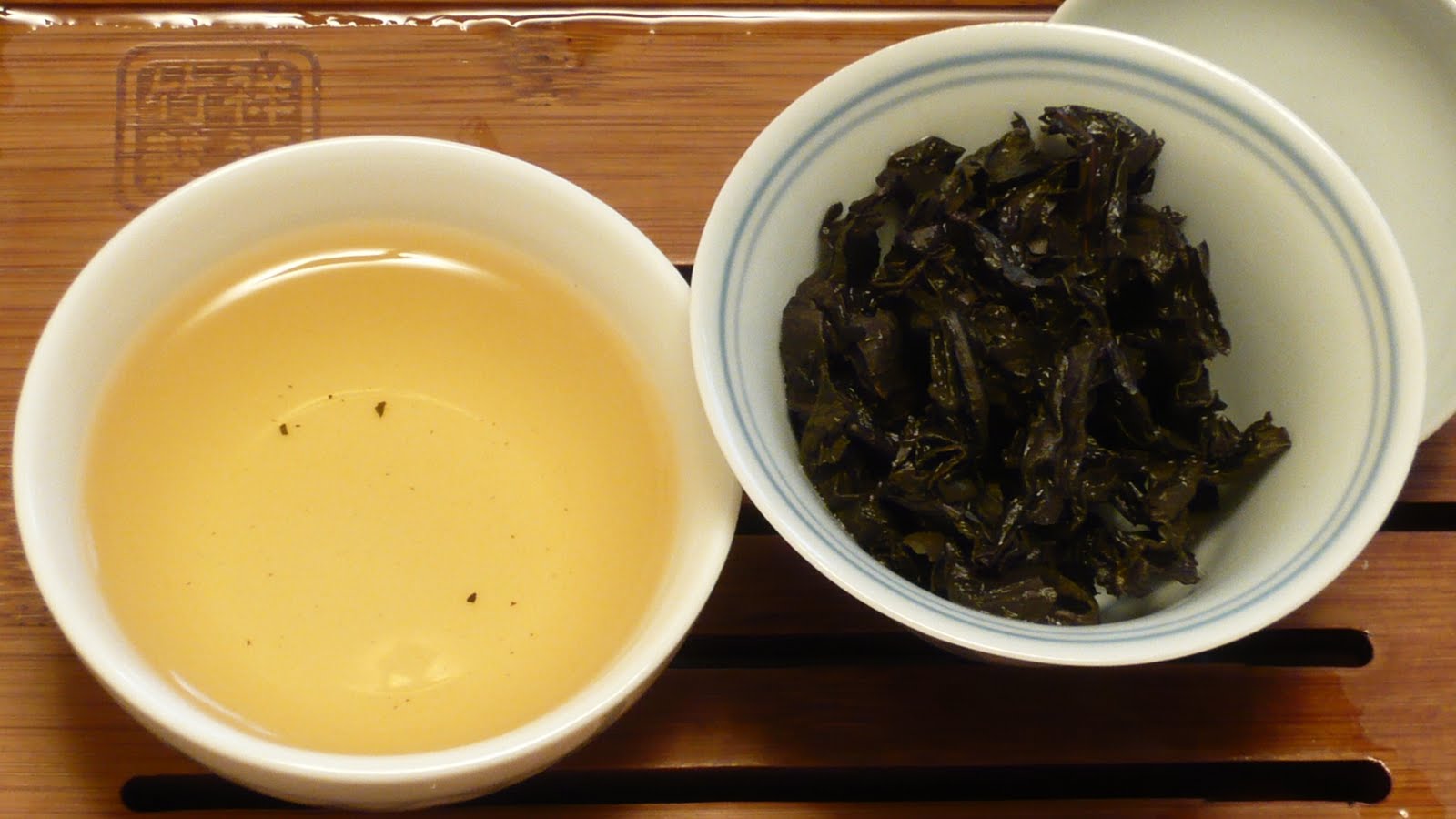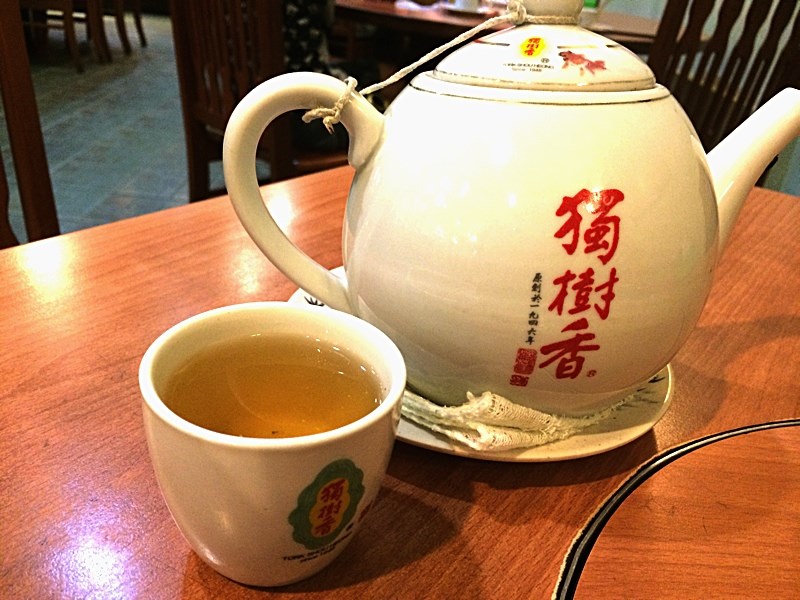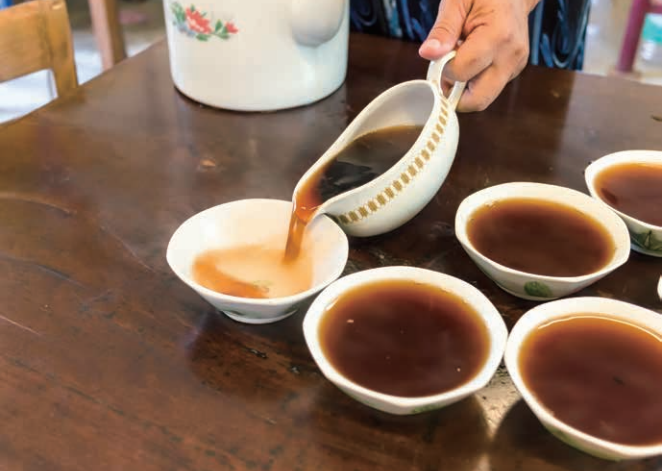2019-03-05 : What Tea Should I Order In A Chinese Restaurant?
2019-03-05 : What Tea Should I Order In A Chinese Restaurant?
중국 식당가서 생수 마시긴 싫고..
따뜻한 차를 마시고 싶을때가 많은데 종류가 정말 많다..
무지하니 보통 자스민차나 그린티를 시켰는데, 중국에선 크게 6가지 종류의 차가 있다고 한다.
green tea, white tea, yellow tea, oolong tea, red tea (known as black tea in the West) and dark tea ("hei cha").
이름은 다르나 모두 같은 종류의 잎(동백나무 Camellia sinensis)에서 나왔다. 발효랑 생산과정에 따라 색과 맛이 달라져 나눈 것!
아래는 중국 식당에서 볼 수 있는 다양한 차에 대한 정보이다.
자세한 설명은 아래에..!
Do note that the names of the tea are written in the order of "Mandarin", "Cantonese" and "English
1. Xiang pian / Heung pin / Jasmine
Image via Foodspotting
Xiang pian cha, also known as mo li hua cha is perhaps one of the most popular scented Chinese teas, as jasmine blossoms are used to flavour the tea.
The fragrant jasmine flowers are usually blended with green tea to provide a smooth and floral taste, resulting in a rich, greenish-yellow colour infusion.
Like earl grey tea in the West, xiang pian is extremely popular in Asia. It is believed that it has many health benefits including to help lower cholesterol and blood pressure, and strengthen the immune system.
2. Ju hua / Guk fa / Chrysanthemum
Image via Dim Sum Central
Ju hua cha is a type of Chinese herbal tea and it is easily the most appetising drink in the Chinese herbal tea family as the floral aroma makes this delightfully light tea a rather tasty one.
It's one of the more popular drinks, as it can be easily found in bottles and tetra pack at any supermarket nowadays, besides Chinese restaurants and tea houses.
Delicately sweet, it is thought to be a type of cooling tea with detoxification properties that can be drunk on any occasion.
3. Pu-er / Po-lay / Pu-erh
Image via WokTravels
Pu-er is perhaps one of the most popular teas served in Chinese restaurants, not just in Malaysia but in most parts of the world. People have perpetually mistaken it to be a category of tea in its own right when it is actually a type of dark tea.
Pu-er lovers have likened it to taste like "deep, woody, sweet old tea". It is the traditional choice of tea for dim sum lovers as it is said to help with digestion and the perfect antidote for the oil found in fried dim sum dishes.
It is believed that drinking pu-er can help to lose weight but it is crucial to drink it at the right time, otherwise it will actually cause you to gain weight instead.
4. Ju pu / Guk bou / Pu-er with chrysanthemum
Image via dimsumcentral
Guk bou is a combination of guk fa and po lay, where they're blended together to get that distinctive earthiness of pu-er while enjoying the aroma and sweetness of chrysanthemum.
People often drink if during dim sum meals, as it is believed to help with digestion.
This is the perfect blend for those can’t decide between pu-er and chrysanthemum tea.
5. Tie guan yin / Tit kun yam
Image via LifeInATeaCup
Tie guan yin, or 'Iron Goddess Oolong Tea', is one of the most famous oolong tea in the world. Perhaps it is named after the Chinese Goddess of Mercy, Guan Yin, for its purifying taste.
Many would prefer having this tea for its strikingly intense flavour and gentle sweetness of the flowery fragrance.
The pure aroma offers great health benefits, being high in amino acids, vitamins and antioxidants.
6. Longjing / Lungjeng / Dragon Well
Image via thirstyfortea
Longjing, or sometimes referred to as 'West Lake Dragon Well tea', may sound like a peculiar name for a tea but it is actually a reference to its production region - Longjing Village of West Lake in Hangzhou, Zhejiang Province.
It is a type of green tea with rich antioxidant content, which means that there are many health benefits. People love longjing for its mellow fresh taste and delicate aroma. Drinking this tea is definitely comforting to both the taste buds and body.
7. Du shu xiang / Tork shou heong
Image via OpenRice
Of the types of tea listed here, tork shou heong (TSH) is probably the most unique as it is a type of tea that was created by Lee Thong Kay in Malaysia back in 1946.
The late Mr Lee, who was a first generation migrant from Xiamen in China's Fujien province, perfected a recipe to introduce the signature Chinese tea known as "tork shou heong" among the Chinese community in Malaysia.
Essentially, the original tea from TSH "an oolong tea that’s mild in texture, light brown in hue with a lingering aroma."
Today, TSH does not only refers to the signature tea but is also recognised as a brand that now produces other Chinese tea besides oolong.
Bonus: Liu bao / Luk bou
Image via Globalteahut
Liu bao used to be a common tea that can be found in Chinese restaurants in Malaysia, however, it is increasingly difficult to have this tea nowadays.
Several sources said that liu bao, a type of dark tea, was widely known as "dai yip" (which means 'big leaf" in Cantonese), referring to its properties as a bigger tea leaf.
Much like pu-er, liu bao is said to have this earthiness, with many describing it as having this "rain-water-taste".
The popularity of liu bao in Malaysia can be traced back to the 19th century when it was often served to workers at tin mines during their breaks since it dispels dampness and heat, soothes the lungs, and cools the body down.
(출처 : https://says.com/my/lifestyle/types-of-chinese-tea-taste-and-differences-found-in-malaysian-chinese-restaurants)
'안녕하세요 > 쥐의 똥구멍을 꿰맨 여공' 카테고리의 다른 글
| 2019-03-28 : 공자(孔子, Confucius)와 유교(儒敎, Confucianism) (0) | 2019.03.28 |
|---|---|
| 2019-03-07 : 모닝글로리 볶음 /공심채(空心菜, 空芯菜, Ipomoea aquatica 또는 water spinach)/Morning glory/공심채 빨대/모닝글로리 빨대 (2) | 2019.03.07 |
| 2019-03-04 : 8체질 의학 (feat. 사상의학) (0) | 2019.03.04 |
| 2018-11-26 : Dinner and Dance (0) | 2018.11.26 |
| 2018-11-19 : 윤태식의 수지 김 간첩 조작 사건 (0) | 2018.11.19 |





